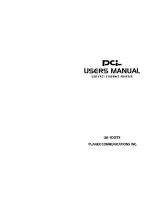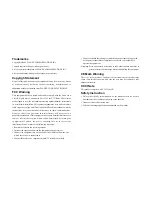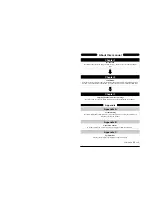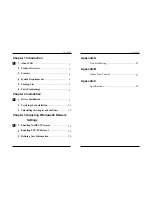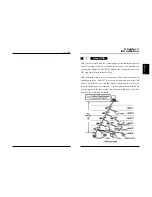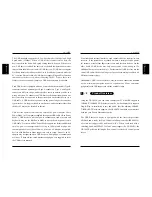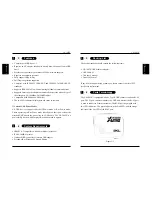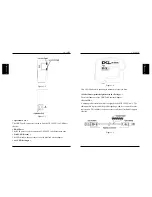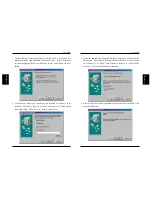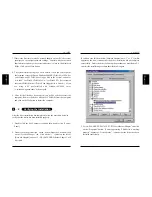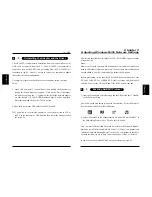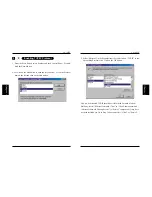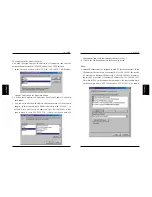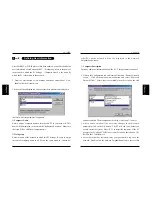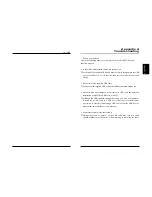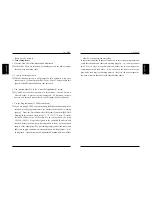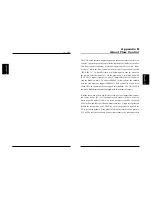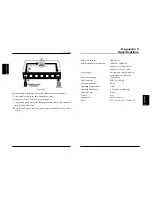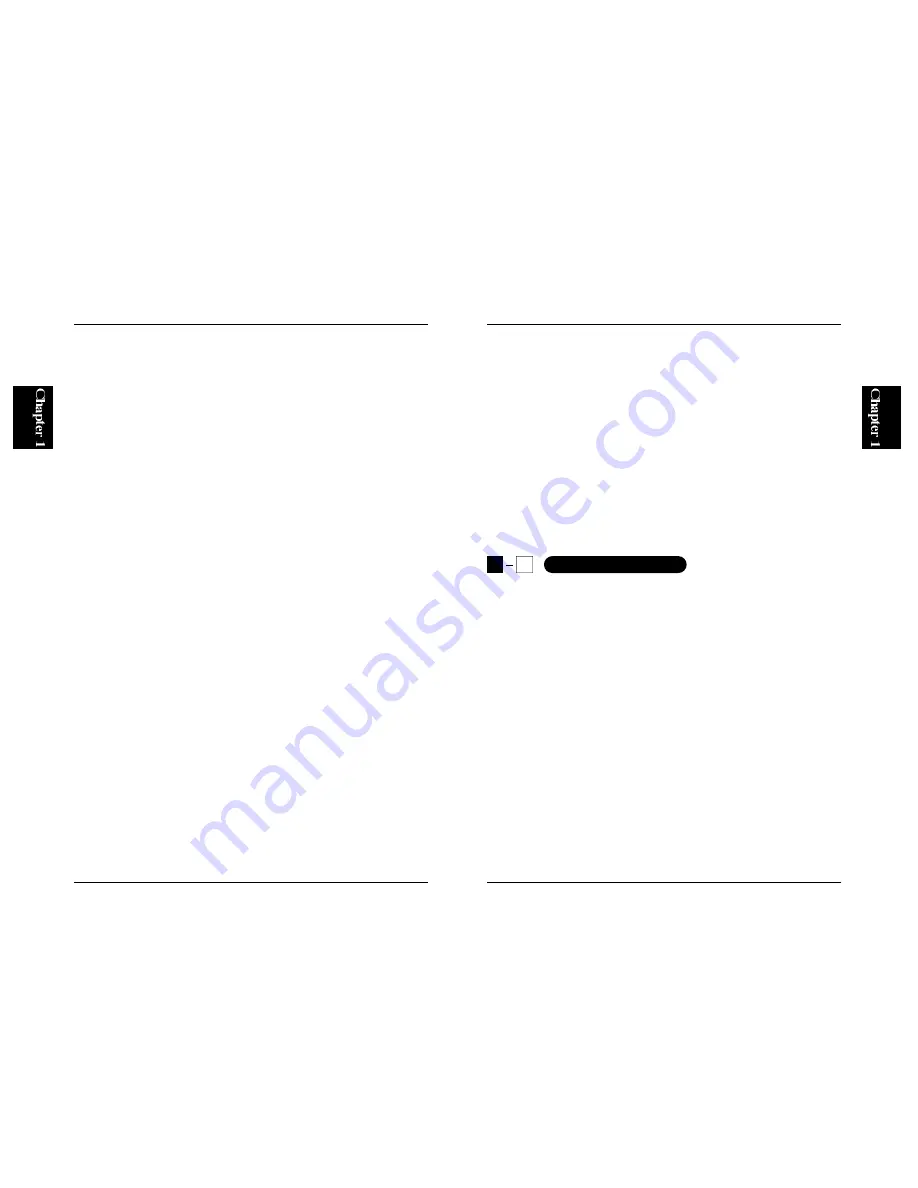
3
UE-100TX
With traditional external interfaces, each connected device requires its own
resource. If the system has a keyboard, a mouse, a serial port and a printer,
for instance, a total of four IRQ resources are used for these devices. On the
other hand, a USB device uses only one resource even when up to 126
additional devices are attached to it. Furthermore, all USB devices use the
same USB cable; the user no longer needs to obtain multiple cables with
different connector types.
Undoubtedly, USB is a cost-effective, easy-to-use new connection standard
with a minimum computer resource requirement. Many computer
peripherals with USB support are already available today.
Using the UE-100TX, you can easily connect your PC with USB support to
10BASE-T/100BASE-TX Ethernet networks. As the adapter fully supports
Plug & Play, its installation is easy and quick. Just like ordinary 10BASE-
T/100BASE-TX network adapters, the UE-100TX functions as an interface
between your PC and Ethernet networks.
The USB Ethernet Adapter is equipped with the latest chipset from
ADMtek, and is ready for Flow Control in full duplex mode (IEEE802.3x),
a feature not supported by traditional NICs. When combined with a
switching hub with IEEE802.3x Flow Control support (Ex. FX-08NW), the
UE-100TX performs full duplex flow control to effectively control packet
losses.
2
UE-100TX
The USB standard supports both Low Speed mode (1.5Mbps) and High
Speed mode (12Mbps). When a USB device is connected to a host, the
device notifies the host which speed setting should be used. Whenever a
new USB device is added, the host sets a schedule that determines at what
interval data should be sent to which USB device. All USB devices support
Hot Swap feature that allows each device to be added or removed while the
PC is online. Not only that, all USB devices support Plug and Play function
that enables the devices without rebooting the PC. Due to these two
features, the user can quickly employ a USB device anytime it is needed.
Each USB device is equipped with one or more downstream port(s) (Type B
connector) and one upstream port (Type A connector). Type A and Type B
connectors differ in shape, and are used to avoid connecting cables in a
wrong direction. To connect two USB devices, the downstream port on one
device needs to be connected to the upstream port on the other device via a
USB cable. A USB device may connect to any port as long as the connector
type matches. No loop is allowed in one bus tree, and a computer other than
the host PC may not be included in the tree.
USB devices operate from either an external AC power adapter (“Self
Power Mode”) or from power supplied through the USB cable (“Bus Power
Mode”). USB devices with lower power consumption, such as mouse and
keyboard, may use the Bus Power Mode to directly draw its power from a
USB cable. Devices with Bus Power Mode support are further subdivided
into low power consumption devices (up to 100mA) and high power
consumption devices (100 to 500mA). Since no AC adapter is required,
devices with Bus Power Mode support are easy to setup. However, an AC
adapter may be required when USB devices with high power consumption
are in use. Please always check whether enough power is supplied to all of
the USB devices attached.
1
2
Product Overview
Summary of Contents for UE-100TX
Page 2: ......
Page 21: ...31 UE 100TX 30 UE 100TX ...
Page 22: ...33 UE 100TX 32 UE 100TX ...
Page 23: ...34 UE 100TX ...


